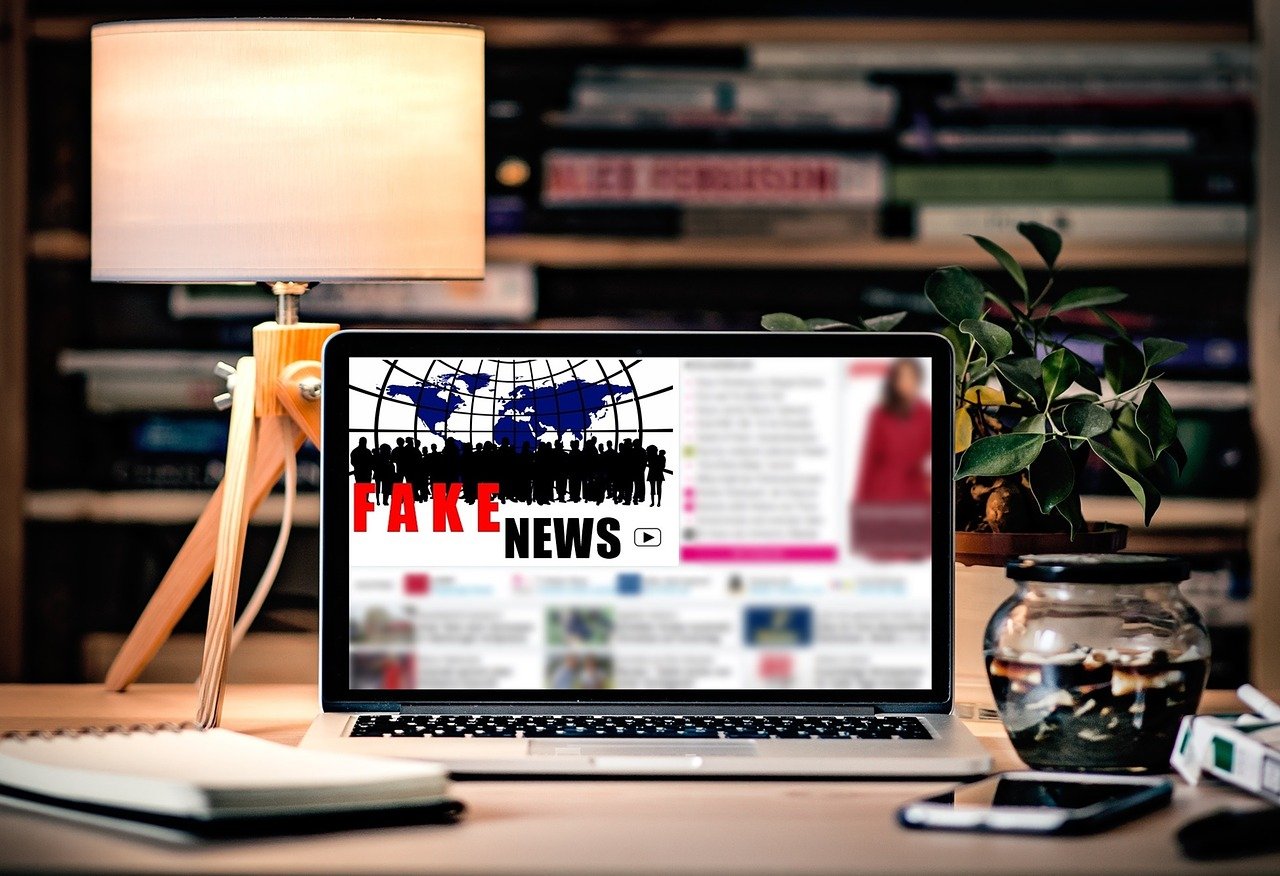
In recent months, we’ve been hearing the terms “fake news”, “false information”, “misinformation”, and “disinformation” more frequently. COVID-19 has spawned a significant rise in false information – being published on social media and circulated via WhatsApp and other messaging apps.
Sometimes, it’s easy to spot the lies. But in other cases, information contains half-truths – making it more convincing.
To help you figure out what’s what, here’s a quick overview of the types of false information out there:
- Fake news: Experts recommend that we rather call this “false information”. It’s any information – be it a news report, personal story, or other – aimed at misleading people with the wrong information. These deceptive ploys are created to push a particular political viewpoint, cause concerns or panic, or in some instances, make money for dubious companies or individuals.
- Misinformation: Can you believe this was Dictionary.com’s word of the year in 2018? Misinformation is intentional or unintentional false information that is shared to get a point across. So, if someone believes that they are sharing the truth (when it is in fact false), they’re spreading misinformation.
- Disinformation: Unlike misinformation – can be unintentional, disinformation occurs when people intentionally spread information that is false, biased, manipulative, or propaganda.
Complicated, right? Now, let’s take a look at some of the popular ways that false information spreads:
- Clickbait: These are articles with enticing headlines designed to reel you in, causing you to click the link to read more. The information is often incorrect, and sometimes you end up at a completely different web page.
- Misleading headlines: Similar to clickbait, the news shared may be correct, but gripping, often sensationalist headlines are employed to draw your attention.
- Propaganda: These are specifically related to politics and try to push a particular viewpoint or spread false information about political opponents.
- Satire: A critical view of the ways of the world – often created as a story or graphic. For example, The Onion and Waterford Whispers.
- Parody: A comedic spin is put on real-life events. For example, The Daily Mash.
- Biased news: News that pushes a particular viewpoint or belief to prove a point.
Making matters even worse is that our online searches reflect the type of information that appears on our social media feeds. This “filter bubble” could lead one to believe that our thought processes are in fact correct, obscuring our view of the bigger picture. It is this kind of knowledge and thought patterns that allow conspiracy theorists to create their large followings.
In the fight against this, follow these useful tips to take control of your social media accounts.
WhatsApp has also put measures in place to reduce the number of times a message can be forwarded. The platform is also testing a feature which will allow you to check web results regarding the forwarded message.
